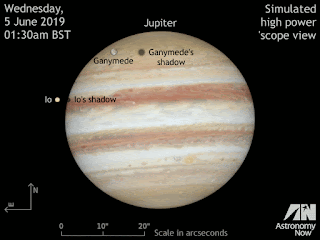June 13, 1793. 227 Years Ago To-day. Excerpts from the Journal of Alexander MacKenzie’s Voyage of Discovery to the Pacific Ocean
“At an early hour of the morning the men began to cut a road, in order to carry the canoe and lading beyond the rapid...by seven they were ready...In order to lighten her, it was my intention to walk...but those in the boat...requested me to embark, declaring...if they perished, I should perish with them.”
I guess the crew would like the Captain to go down with his ship, if it’s going to sink. And it’s not very long before something bad does happen.
“The violence of the current was so great...when we drove against a rock which shattered the stern...drove us to the opposite side of the river...when the bow met the same fate...At this moment the foreman seized on some branches of a small tree in the hope of bringing up the canoe, but such was the elasticity that, in a manner not easily described, he was jerked on shore in an instant, and with a degree of violence that threatened his destruction...in a few moments, we came across a cascade which broke several large holes in the bottom of the canoe...we all jumped out...and they all held fast to the wreck...at length, we most fortunately arrived in shallow water...though our efforts were short, they were pushed to the utmost, as life or death depended on them.”
Things happen fast on the river, and fortunes can change in an instant.
Picture 2. A museum specimen of an 1850 Ojibway canoe, shows how damage can occur.
“This alarming scene, with all its terrors and dangers, occupied only a few minutes...we called to the people on shore...The foreman...had escaped unhurt from the extraordinary jerk with which he was thrown out of the boat...I remained till everything was got on shore, in a state of great pain from the extreme cold of the water...it was with difficulty I could stand, from the benumbed state of my limbs.”
And the day is just beginning. But first comes the realization of what has been lost during the wrecking of their vessel.
“The loss was considerable and important, for it consisted of our whole stock of balls, and some of our furniture...All the different articles were now spread out to dry. The powder...had received no damage, and all my instruments had escaped.”
They have lost most of their stock of musket balls. They do however still have shot, which can be used for fowl, or if necessary melted down and recast into balls.
Some of the men were “by no means sorry” about the wreck, as they felt that this must put an end to the voyage and they could now return. MacKenzie listened to their pleas but didn’t reply to them until they finished a hearty meal and “rum enough to raise their spirits.”
“I then addressed them...recommending them all to be thankful for...their escape...I brought to their recollection, that I did not deceive them, and that they were made acquainted with the difficulties and dangers they must expect to encounter, before they engaged to accompany me.”
In other words, they knew when they signed up that this journey was not going to be a picnic, or a walk in the park. He has written a very detailed account of this day and all its trials, and it makes for good reading. I have attempted to get the gist of his story today by quoting the most pertinent parts of it.
“I now joined my people in order to repair...our wreck of a canoe, and I began to set them the example.”
They just yesterday crossed the divide, and only moved a few miles into the Pacific drainage, yet he has already noticed changes to the forest cover. This is the intense and very dangerous James River, which they have to get down, even though it is almost impassable. It might be noted here that this route he has taken, to find the “òther river”`is not the best one that he could have taken. Simon Fraser and others following later will use a different, and much easier route to it.
“I observed several trees and plants on the banks of this river, which I had not seen on the North of latitude 52, such as the cedar, maple, hemlock, etc.”











